| Protective coloration plays an important part in the life cycle of the Willow Ptarmigan (Lagopus lagopus). The photo shown here shows the species during summer. The brown back makes the bird hard to spot by a predator against the dark lichen and moss of the tundra. The next shot on the right, shows the species in winter when its plumage turns white to blend in with the snow covered landscape. Both shots were taken at Churchill, Manitoba; the summer shot in June, 1988 with a Minolta X570 & Vivitar 120-600mm lens on Kodachrome 200 and the winter shot in November, 1998, with a Canon EOS 1N & EF 300mm F2.8 lens and 2X extender on Fuji Sensia 100. |
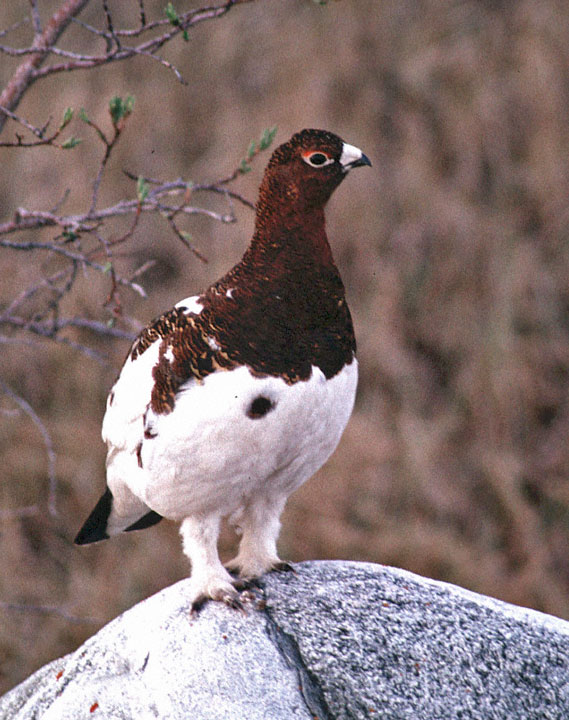 |
|
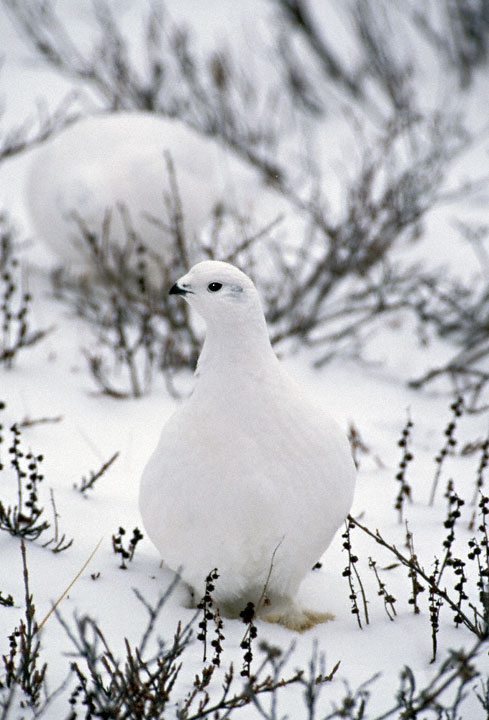 |
| The next two photos shown here of a winter plumaged Willow Ptarmigan were taken in November, 2002, at Churchill, Manitoba, with a Canon EOS 1V and EF 500mm F/4 IS lens on Ektachrome VS 100 film. |
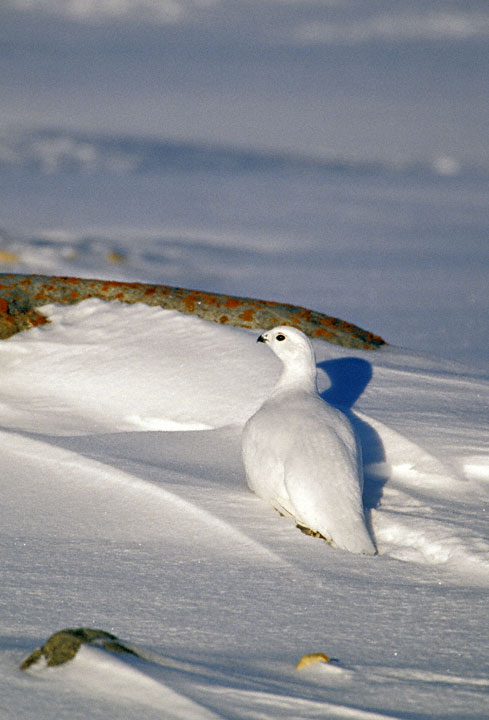 |
|
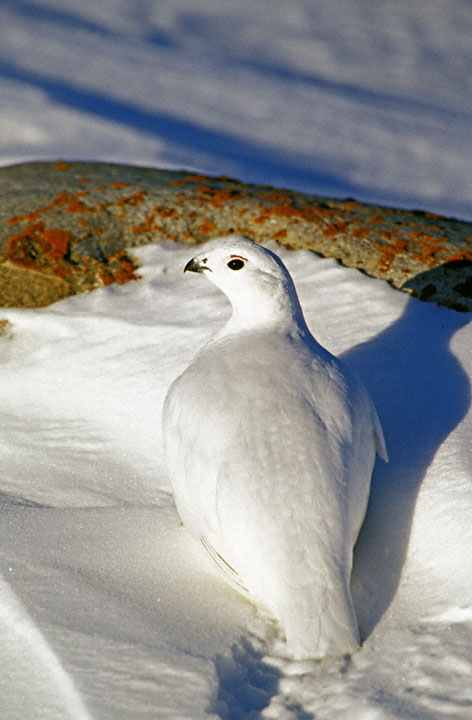 |
| The next three shots show a breeding plumaged Willow Ptarmigan in Churchill, Manitoba, in June, 1988. The same gear as the first image n this page was used. |
 |
|
 |
|
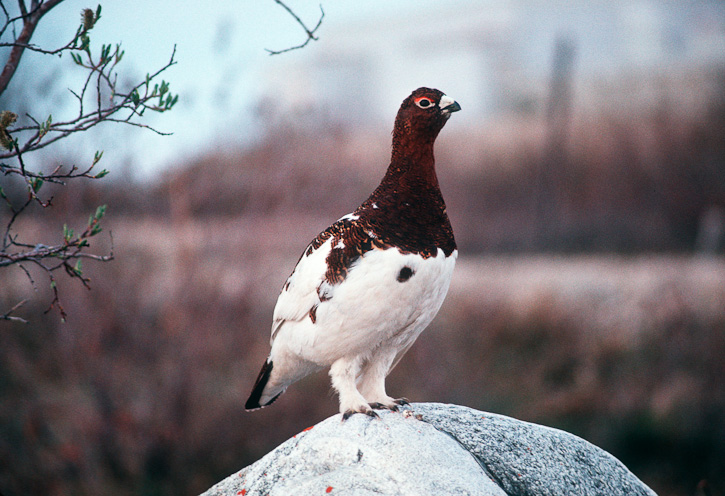 |
| The male Willow Ptarmigan on the right was at Nome, Alaska, in May, 2012. This shot was taken with a Canon EOS 1D Mark IV and an EF 500mm F/4 L IS lens. |
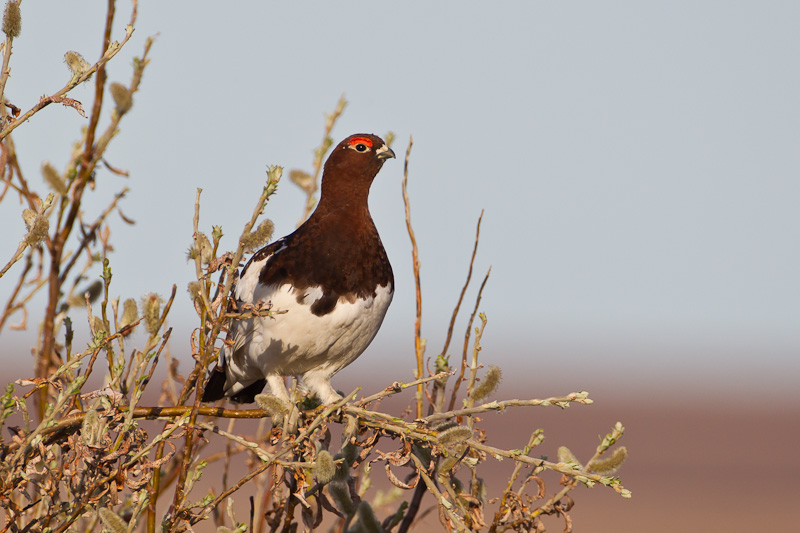 |
| The next three shots show a male Willow Ptarmigan in flight at Nome, Alaska, in may, 2012. |
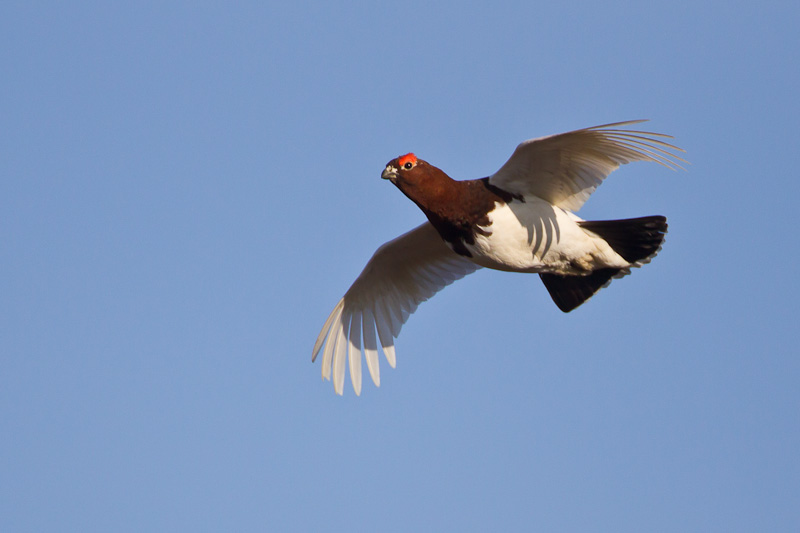 |
|
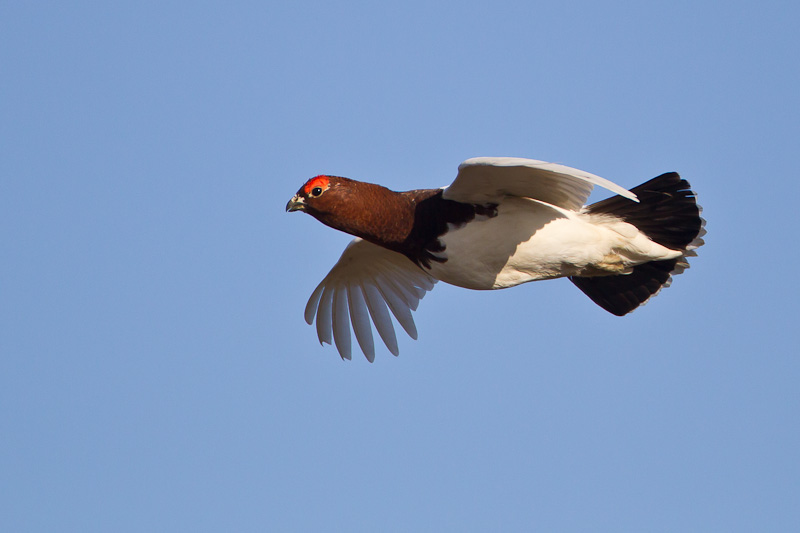 |
|
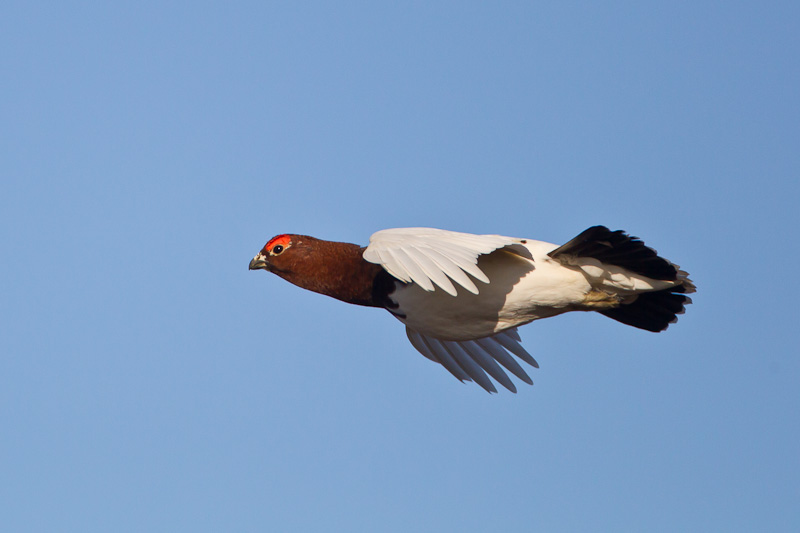 |
| The next five shots show a female Willow Ptarmigan at Nome, Alaska, in June, 2012. These shots were taken with a Canon EOS 1D Mark IV and an EF 500mm F/4 L IS lens. The protective coloration of this bird is remarkable. When the bird stood motionless it almost disappeared! |
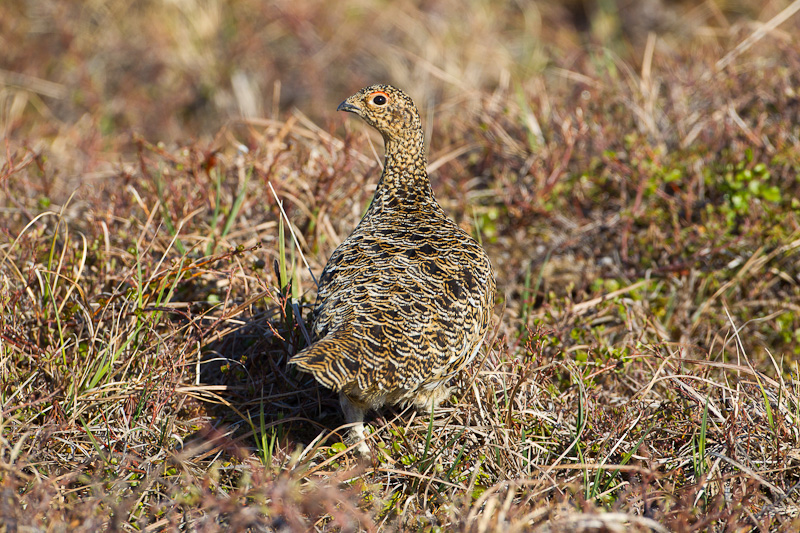 |
|
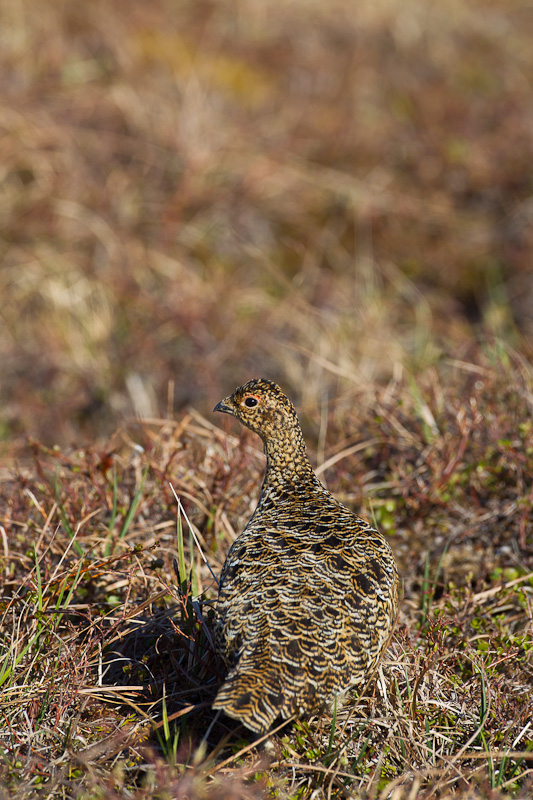 |
|
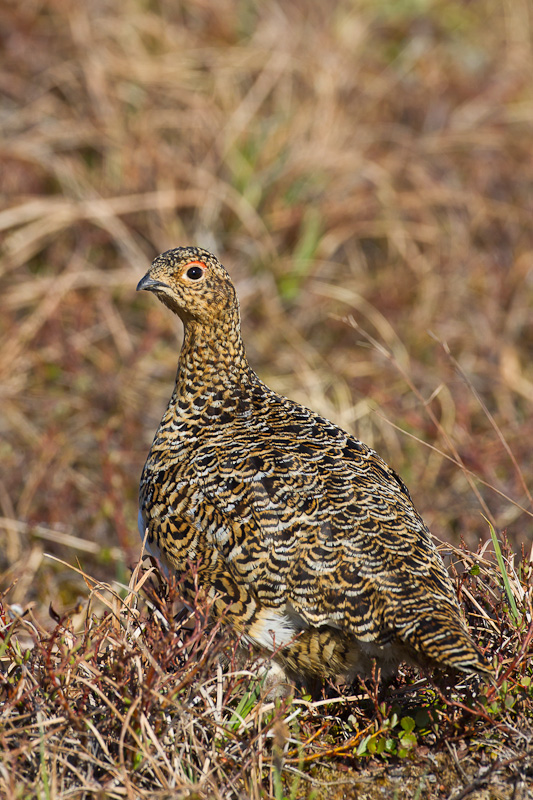 |
|
 |
|
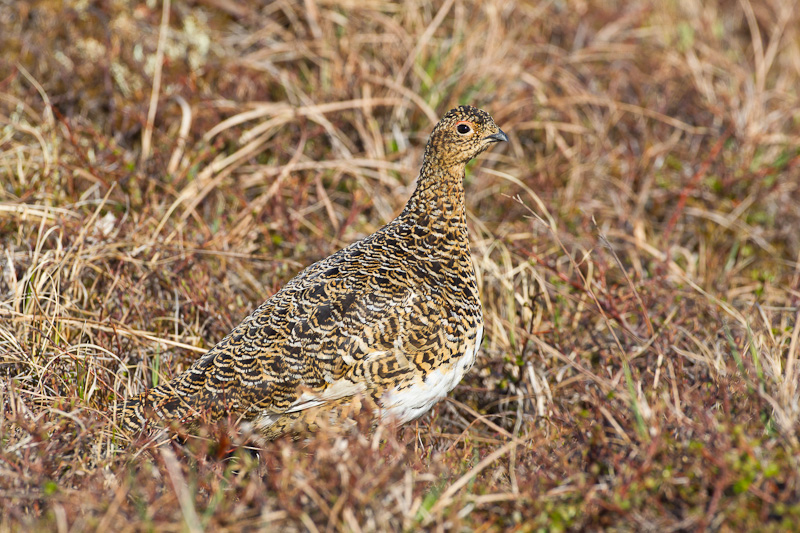 |
|
|
|
|























